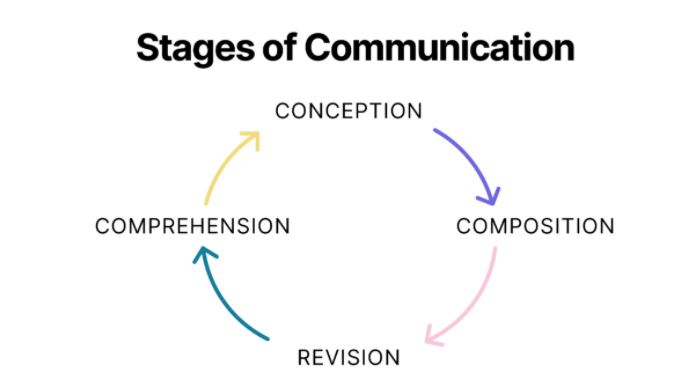What is natural language processing?
Natural language processing (NLP) is a subdivision of artificial intelligence which supports computer to recognize, explain and manage the human language. NLP takes out from different disciplines, which includes computer science or IT and computational linguistics, in the chase to fulfill the space in the middle of human presenting and the personal computer understanding. Almost all NLP methods depend on a machine learning approach to generate meaning from the language of humans.
What is NLP used for?
The following applications, which people in daily routine commonly use, are driven by NLP:
- Applications used for translating language as Google translate.
- NLP is used in word processors like MS Word, Ginger, etc.
- Apps of interactive voice response IVR utilized by the call center workers or customer support to answer specific customer’s appeals.
- Application of software used for a personal assistant like Siri, Alexa, etc.

Why is NLP important?
A large amount of textual data:
NLP supports computers to connect with people in one’s language and ranks different language-related work; NLP facilitates computers to study content, listen to a speech, explain it, estimate sentiments, and find out essential parts of the text.
Modern devices can examine a higher amount of language-based information than humans, with no exhaustion and neutrally. Considering the surprising quantity of unstructured data and figures produced daily, ranging from Medical history to social platforms, mechanization will be crucial to examine content and speech figures effectively.
Structuring a highly unstructured data source:
The language of humans is incredibly complicated and varied. We show ourselves in thousands of ways, either we are expressing orally or in writing. There is a variety of languages and local speeches, but there is a remarkable collection of grammar and structured rules, phrases, and slang in every language. While writing, we often make spelling mistakes or abbreviate a word wrongly or forget to put punctuation. While speaking, we have different accents, or we stammer, murmur, and take words from different languages. Whereas supervised and unsupervised learning and mainly deep learning are broadly applied these days for modeling or presenting human language, there is further a requirement for linguistic and cognitive understanding and expertise of domain which does not certainly exist in the following approaches of machine language. NLP is significant as it helps out settle ambivalence in language and casts effective numeric patterns to figure for several downstream programs, like speech or voice recognition or content analytics.
Why is NLP complex?
In Computer Science, NLP is generally regarded as a complex issue. The thing which makes NLP complex is the human language nature. It is difficult for computers to get the rules which command the flow of data utilizing natural language. A few of the above rules and regulations might be high ranked and intellectual, just like when any person utilizes a sarcastic comment to convey information. A few of these rules might be low ranked, like making use of the letter “s” to denote the plurality of things. To understand the language of humans, it is necessary to understand words and how the notions are linked to convey the desired message. However people can get command of a language very quickly, ambivalence and non-specific features of NLP make it Complex for machines and computers to execute.
How does NLP works?
It requires executing an algorithm to recognize and draw out the built-in rules of language so that unstructured language details or data are transformed into a structure that is understandable by computers. When the computer is provided with text, it will use an algorithm to take out meaning related to each sentence and gather the essential data and Facts from them. Occasionally, the machine may fail to get the correct meaning of some sentence, causing an uncertain result.

What are the techniques used in NLP?
The critical techniques required to finish the NLP task are syntactic and semantic analysis.
1. Syntax
Syntax means positioning of words in a line in such a manner that they have grammatical sense.
The synthetic analysis is applied in NLP to evaluate how natural language sets with different rules of grammar.
A few syntax techniques that can be utilized are lemmatization, word segmentation, morphological segmentation, speech tagging, parsing, sentence breaking, and stemming.
2. Semantics:
It refers to the sense that is communicated by a text. It is a complex feature of NLP which has not been ultimately settled yet.
It includes applying a system algorithm to recognize the meaning and explanation of terms and how sentences are structured.
A few semantic analysis techniques are Named entity recognition, word sense disambiguation, and natural language generation.
Hope the readers would have more clarity after reading this piece. Any comments or suggestions are welcome as we strive to make technology easier for everyone.

